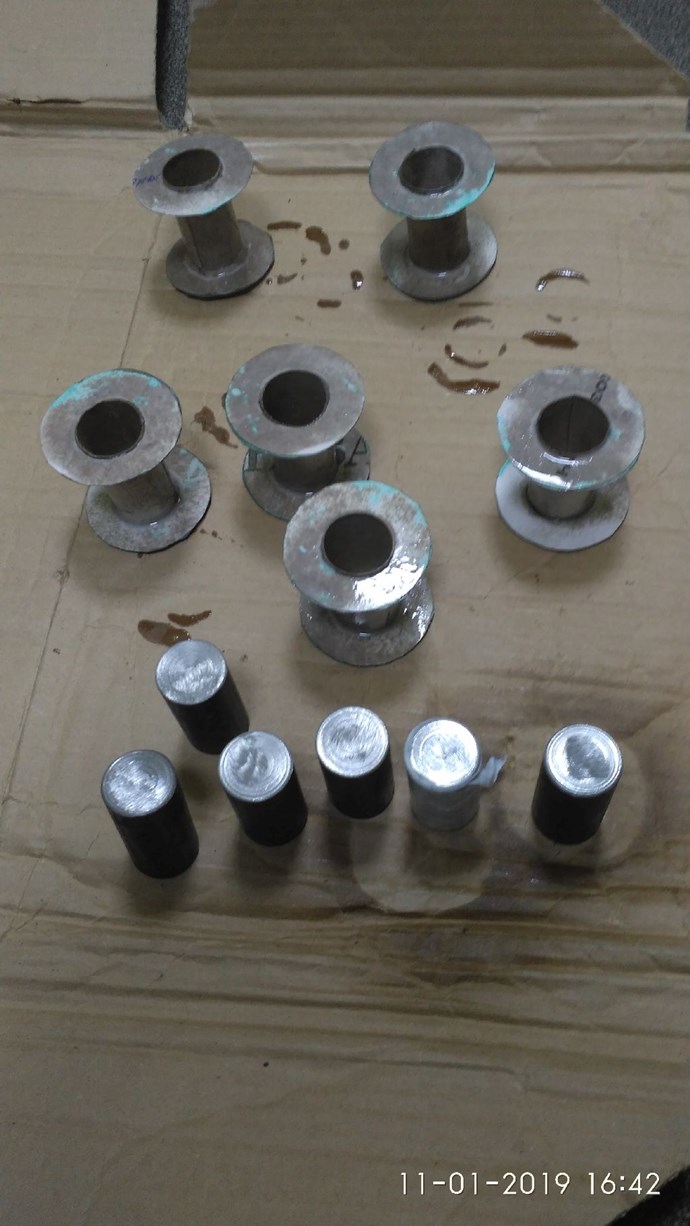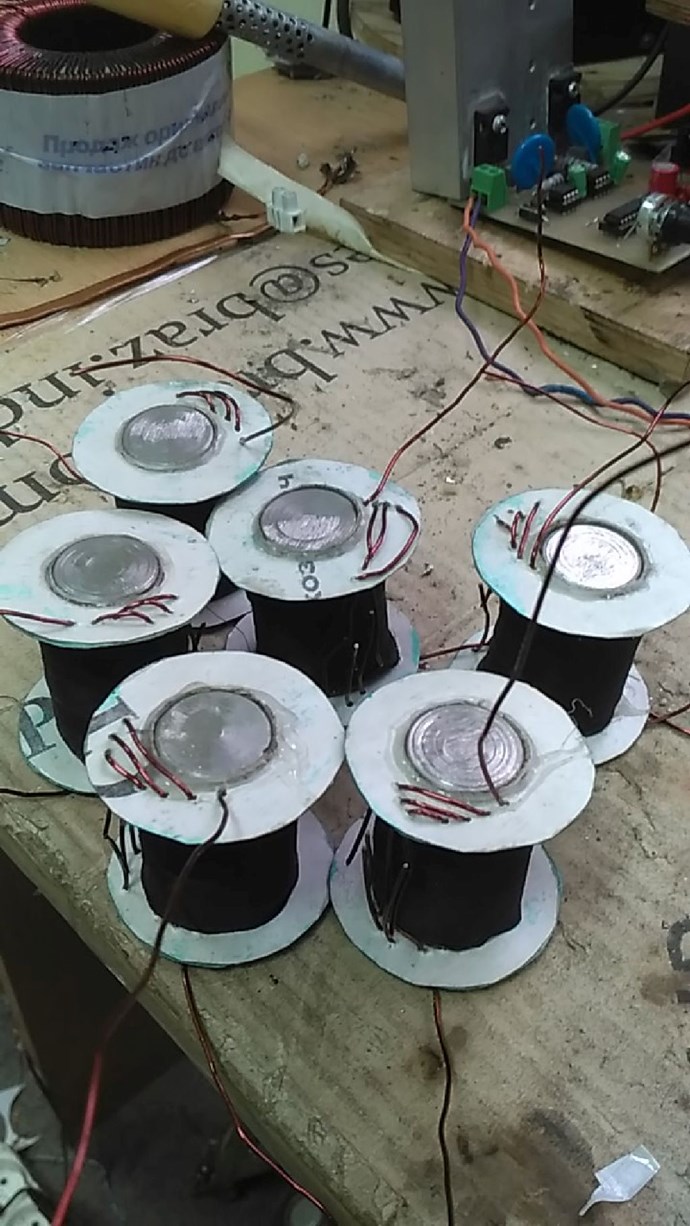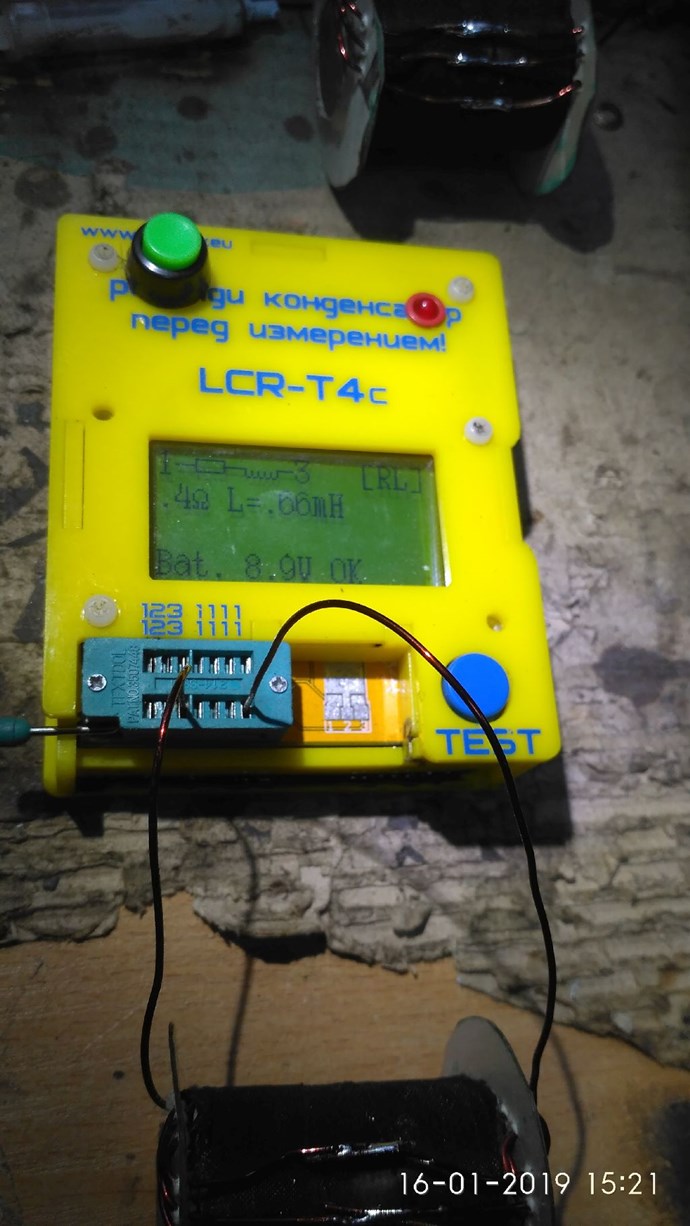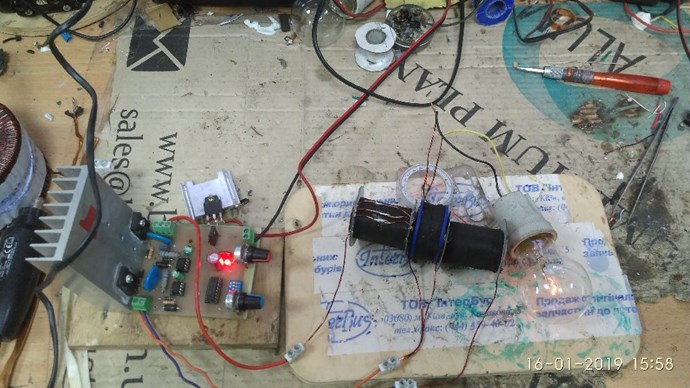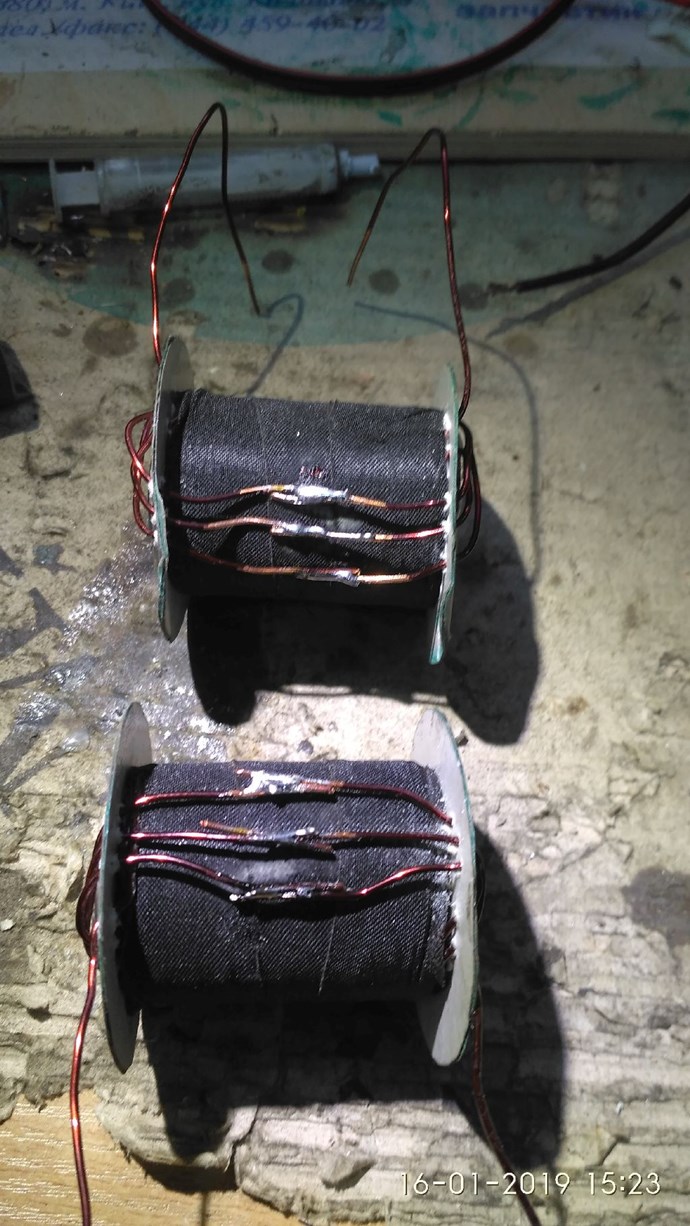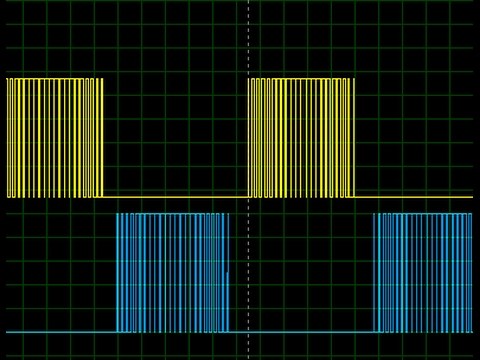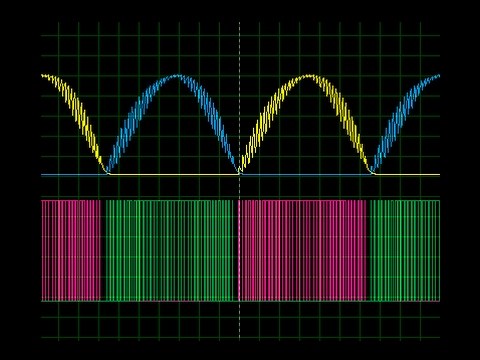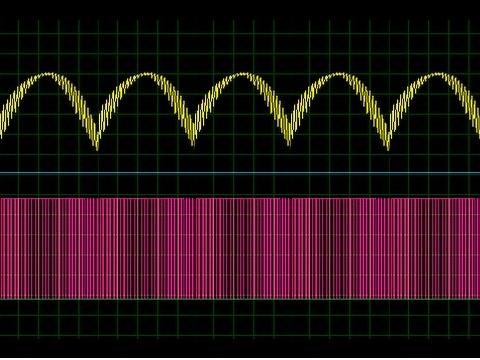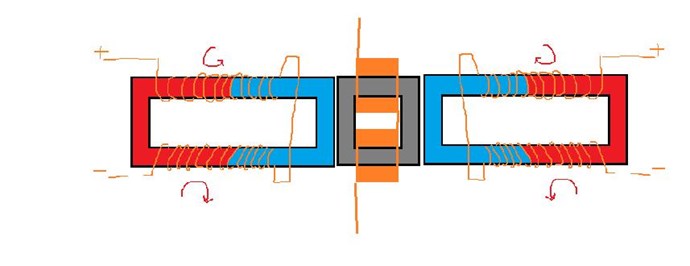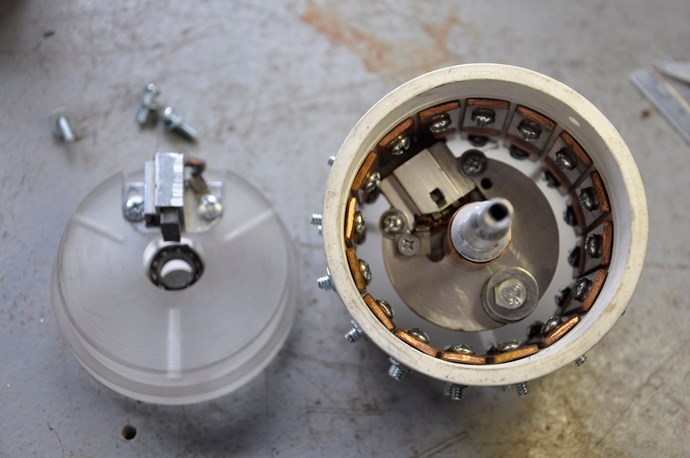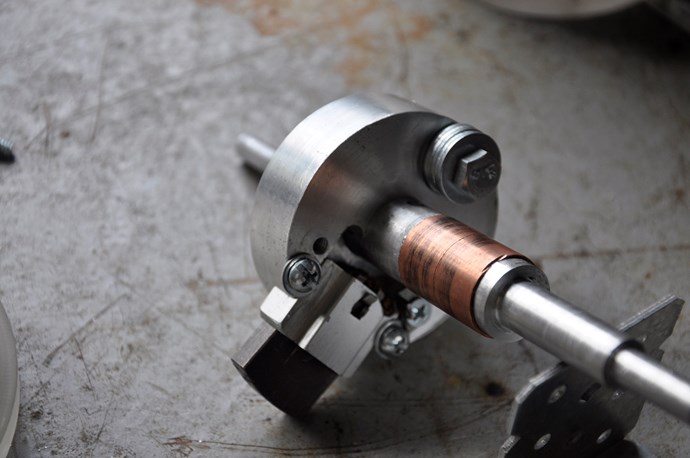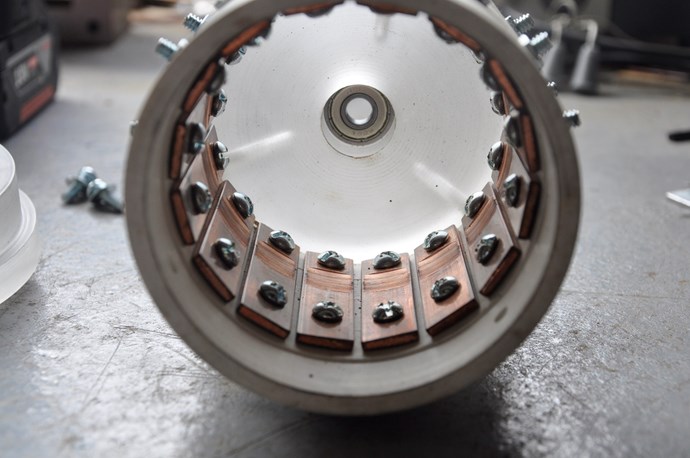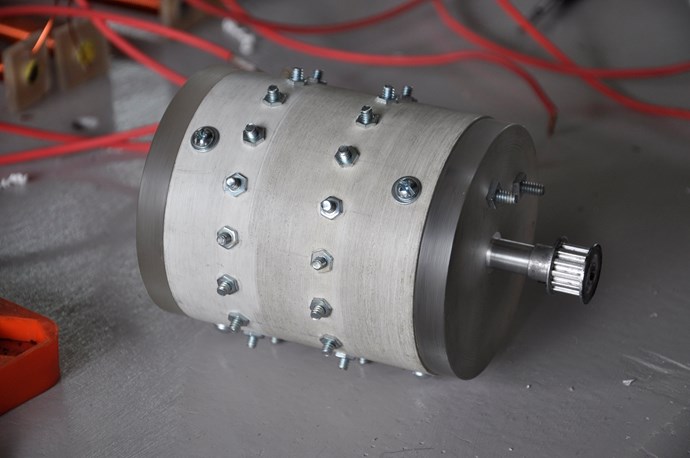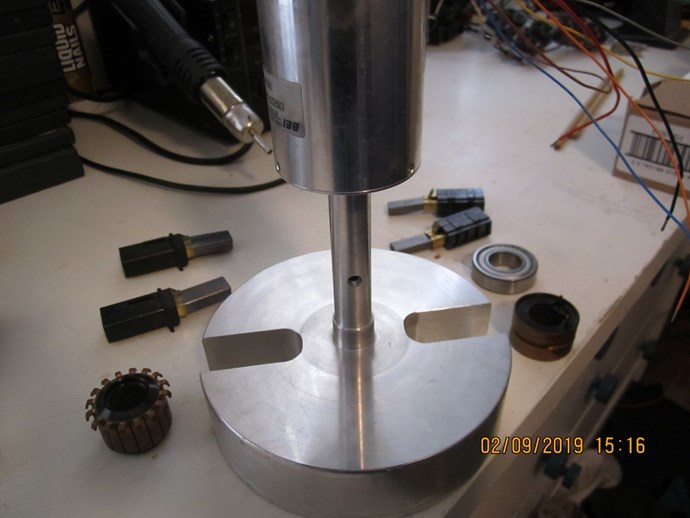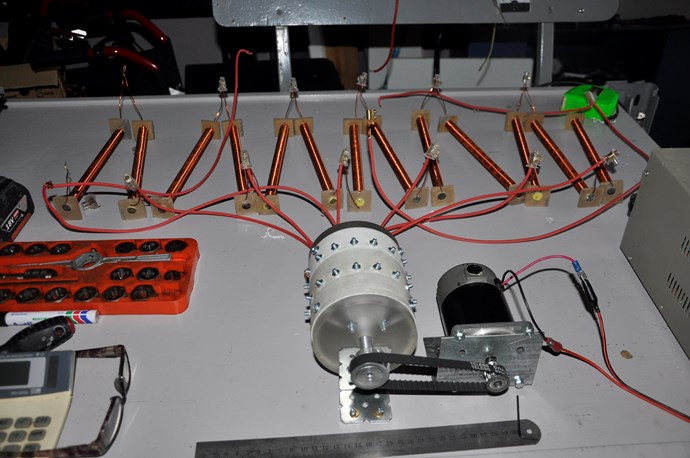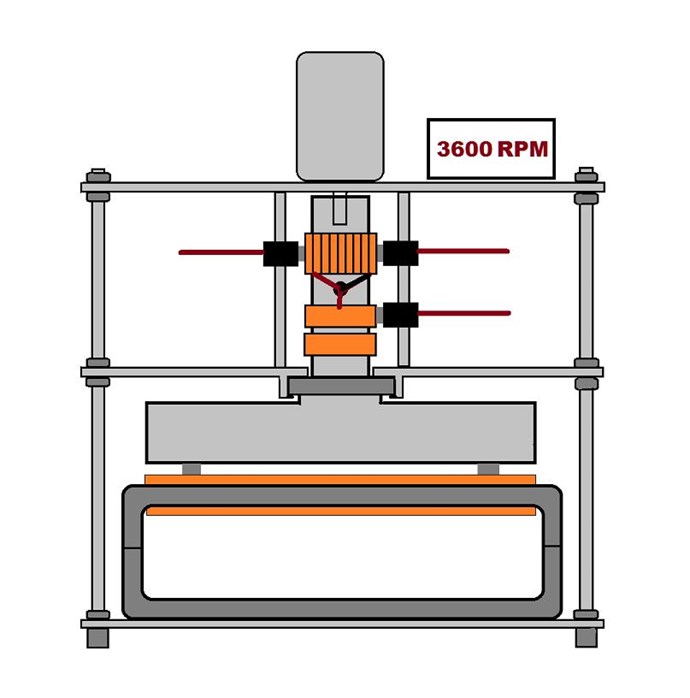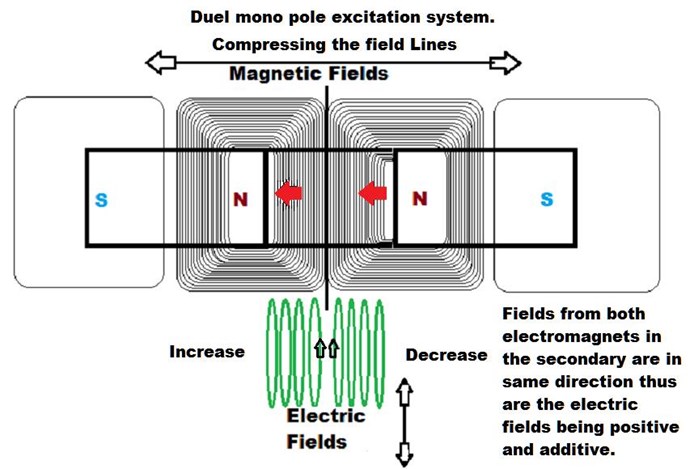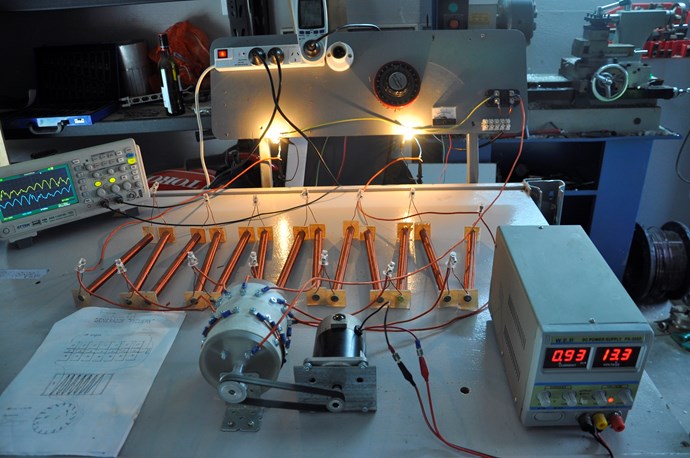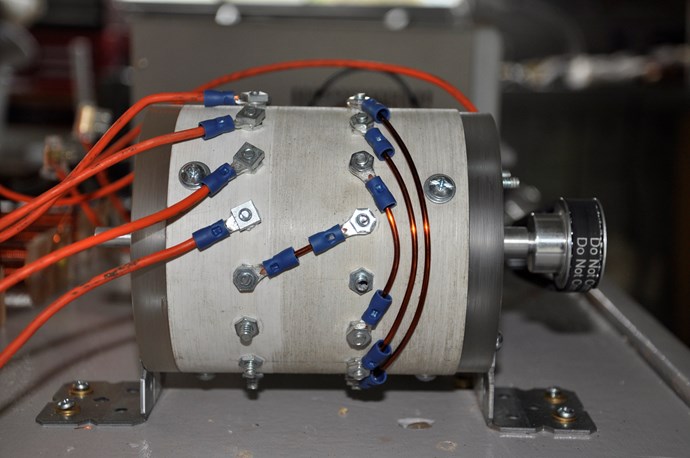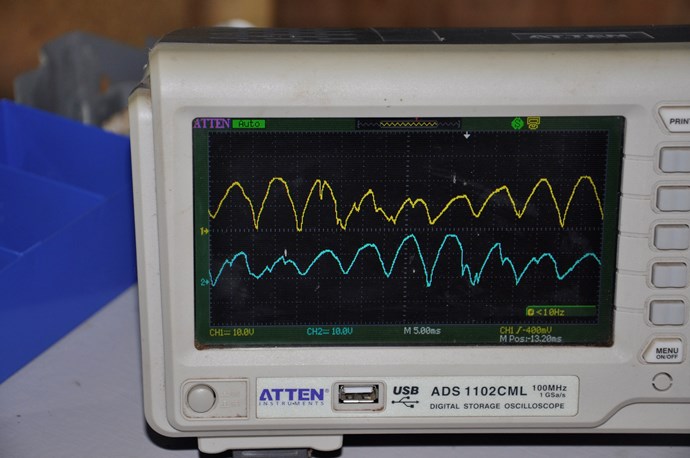Marathonman
posted this
10 February 2019
- Last edited 10 February 2019
"understanding it is only literally a thumb nail dipped in Tar, sketch."
exactly so why try to replicate something that literally does NOT exist ? Figuera was describing his part G in half quadrants ie. the first semi circle and the second semi circle which is literally the travel of the brush in a circle on his closed core part G. the commutator bars he was describing were actually the winding's on his closed core part G so therefore it would be an active inductor with a moving positive brush that changes the magnetic flux to current ratio on a steady basis.
but since you used your god given brain, you have inductive rods NOT resistance so your device just might work and i commend you on your build skills. each rod will induce a certain amount or self inductance as per the brush rotation.....very ingenious . just make sure you have the correct inductance as per your current needed and remember he was using a closed core preserving the flux in the core but in your case you have an open core so the cores will have to be much larger to account for the massive flux loss.
Figuera is literally taking DC and giving it Frequency by changing the magnetic flux to current ratio as the brush rotates causing the current flow to increase and decrease which gives it Frequency which will then be INDUCTIVE REACTANCE having AC like qualities but with none of the AC limitations. with AC we will have to flip the domains in the core which can not be done fast enough in this device so he used DC and just increased and decreased the current flow which gave it AC like qualities...ie inductive reactance
since inductance and current Change go hand in hand each can be the initiator in inductive reactance. a current change (cause) can cause a change in inductance (effect) as well as a change in inductance (cause) can cause a current change (effect) it is still inductive reactance just initiated by inductance.
inductive reactance, or X L, is the product of 2 times p (pi), or 6.28, the frequency of the ac current, in hertz, and the inductance of the coil, in henries.. X L =2 p x f x L so use this to calculate your current window and you will be just fine remembering to account for your flux losses in your cores and 50 hertz of your country.
excellent build skills Cornboy, i see you accounted for the rotational mass and balanced it...... very nice indeed.
Regards,
Marathonman
![]()









